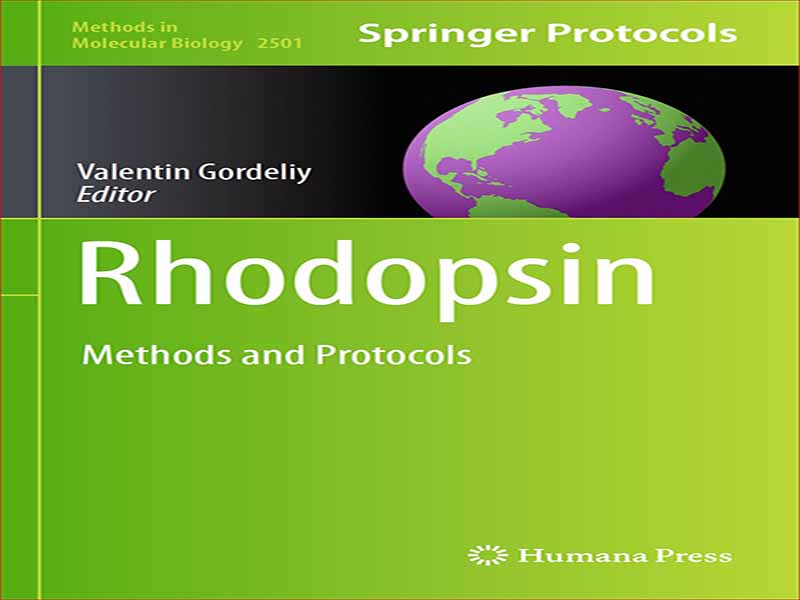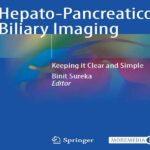- عنوان کتاب: Rhodopsin Methods and Protocols
- نویسنده: Valentin Gordeliy
- حوزه: زیست شناسی مولکولی
- سال انتشار: 2022
- تعداد صفحه: 371
- زبان اصلی: انگلیسی
- نوع فایل: pdf
- حجم فایل: 10.01 مگابایت
از زمان کشف اولین رودوپسین میکروبی – یک پمپ پروتونی نور محور باکتریورودوپسین (BR)، یک پروتئین غشای مارپیچ 7 آلفا که شبکیه را تشکیل میدهد، در سال 1971، BR محرک اصلی پیشرفتهای پیشگامانه در تحقیقات پروتئین غشایی بود. مطالعات BR پیشرفت های روش شناختی مهمی را در زمینه هایی مانند میکروسکوپ الکترونی و تبلور پروتئین غشایی تحریک کرد. با این حال، قبل از سال 1999، تنها چند و تنها رودوپسین های باستانی شناخته شده وجود داشت که به عنوان پروتون، پمپ های کلرید، و همچنین رودوپسین های حسی عمل می کردند. در پایان قرن بیستم، بسیاری از ما، اگر اصلاً وجود داشته باشیم، عصر جدیدی از جهان رودوپسین و سهم آن در کاربردهای علوم اعصاب را تصور نمی کنیم. علاقه مندان زیادی مشتاق ادامه کار با این پروتئین ها نبودند. اما طبیعت ما را فریب می دهد. عصر جدید میکروبی رودوپسین در سالهای 1999 تا 2000 آغاز شد، زمانی که اولین رودوپسین باکتریایی، پمپ پروتون، کشف شد. بعدها مشخص شد که رودوپسین ها به طور غیرمنتظره زیادی وجود دارد و آنها در تمام حوزه های زندگی و حتی در ویروس ها وجود دارند. معلوم شد (که شگفت انگیز است) که آنها چنین تنوعی از توابع را “تقریباً یکسان” اجرا می کنند. با این حال، در اواخر دهه 1990 هیچ کس نمی توانست اکتشافات پیشگامانه سایر عملکردهای رودوپسین و در میان آنها، احتمالاً مهم ترین، کشف رودوپسین های کانالی (ChRs) را پیش بینی کند. برای علوم زیستی، کشف پروتئین هایی است که با هر کانال شناخته شده ای متفاوت هستند. برای علوم اعصاب، این بزرگترین شانس بود. ChRها احتمالاً یکی از دو پروتئین مهم در کاربردها هستند و زمینه جدیدی را باز کردند – اپتوژنتیک. هسته اصلی اپتوژنتیک رودوپسین های میکروبی است. در بین بیش از 10000 ژن بالقوه رودوپسین که در حال حاضر شناسایی شده اند، تنها تعداد کمی از پروتئین های مرتبط مشخص می شوند. این به طور چشمگیری دانش ما را در مورد عملکردها و مکانیسم های مولکولی و کاربردهای بیوتکنولوژیکی آنها محدود می کند. محدودیت دیگر این است که ساختارهای با وضوح بالا و مکانیسمهای مولکولی رودوپسینهای اخیراً کشف شده (پروتئورودوپسین، پمپ سدیم، پمپ پروتون درونی) هنوز ناشناخته هستند یا در بهترین حالت، فقط ساختارهای حالتهای پایه در دسترس هستند. این نیز مورد رودوپسین های کانالی است که اولین و هنوز هم ابزار اصلی اپتوژنتیک هستند.
Since the discovery of the first microbial rhodopsin—a light-driven proton pump bacteriorhodopsin (BR), a seven alpha helical membrane protein comprising the retinal, in 1971, BR was a major driver of groundbreaking developments in membrane protein research. BR studies stimulated important methodological developments in the fields like electron microscopy and membrane protein crystallization. However, before 1999 there were only several and only archaeal known rhodopsins, functioning as proton, chloride pumps, and also sensory rhodopsins. At the end of the twentieth century not many of us, if any at all, would imagine a new era of the rhodopsin world and its contributions to the applications in neuroscience. Not many enthusiasts were eager to continue working with these proteins. But nature plays tricks on us. A new microbial rhodopsin era started in 1999–2000 when the first bacterial rhodopsin, a proton pump, was discovered. Later it appeared that there are unexpectedly many rhodopsins and they are present in all the domains of life and even in viruses. It turned out (which is amazing) that they execute such a diversity of functions being “nearly the same.” However, in the late 1990s nobody could predict groundbreaking discoveries of other rhodopsin functions and among them, probably the most significant one, the discovery of channel rhodopsins (ChRs). For life science, it is the discovery of the proteins which are different from any known channels. For neuroscience, it was the biggest luck. ChRs are probably among two most important proteins in applications and opened a new field—optogenetics. A major core of optogenetics is microbial rhodopsins. Among over 10,000 currently identified potential rhodopsin genes only a few of the related proteins are characterized. This dramatically limits our knowledge of their molecular functions and mechanisms and biotechnological applications. Another limitation is that high-resolution structures and molecular mechanisms of the recently discovered rhodopsins (proteorhodopsin, sodium pump, inward proton pump) are yet unknown or, in the best case, only structures of the ground states are available. This is also the case of native channel rhodopsins which are the first and still major tool of optogenetics.
این کتاب را میتوانید بصورت رایگان از لینک زیر دانلود نمایید.
Download: Rhodopsin Methods and Protocols



































نظرات کاربران